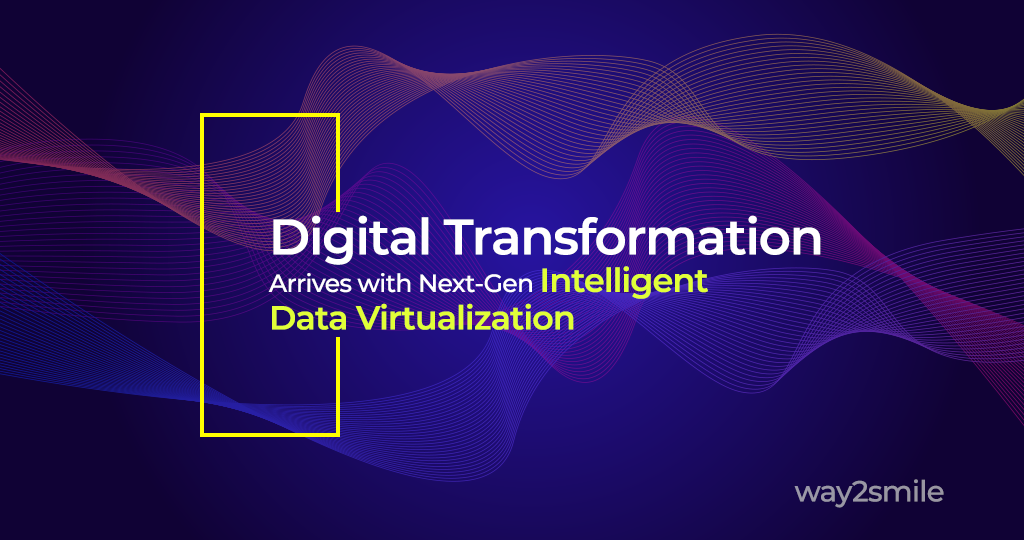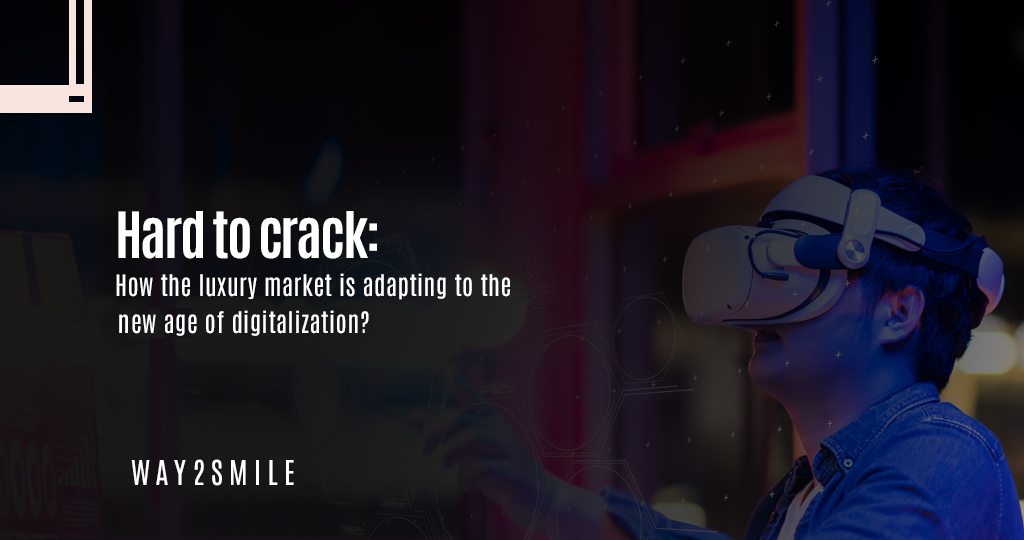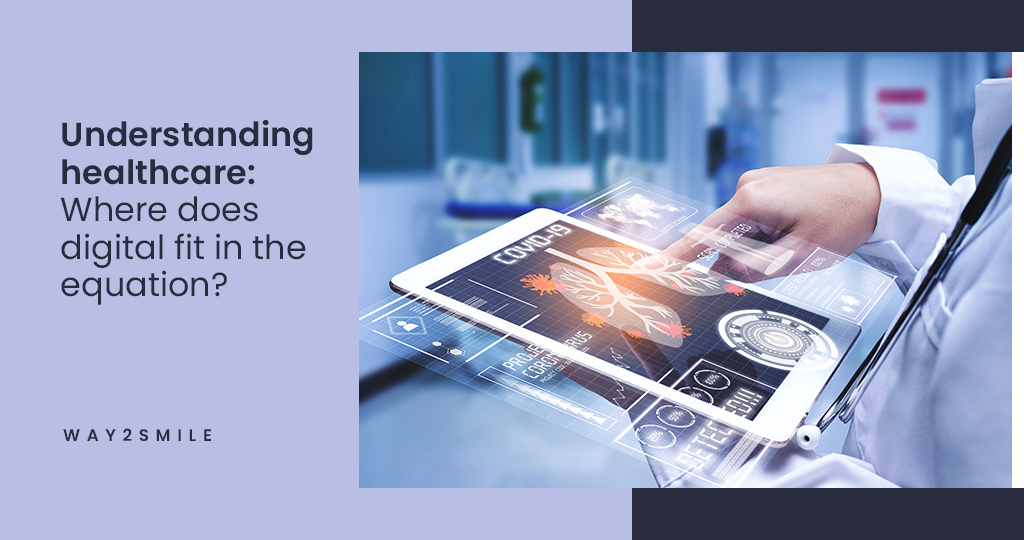In the present era, Data has gained huge importance in every industry. They implement various new strategies to stay ahead of the game. One such thing is Digital Transformation. 91% of businesses in the current phase are facing seamless barriers to digital transformation and are looking to make profits by investing in security and compliance, multi-cloud, self-service analytics, and AI. Only a few are aware of operating in the traditional structure and enhancing the performance with that. The next complexity to be resolved is ensuring those analytics remain in pace with the present need for data-driven businesses to move instantly and independently.
At present, performance challenges are the ones that have to be addressed perfectly. For this purpose, digital technologies were introduced which are here to resolve them. The greater the data, the higher will be the data consumption will be higher. There is a huge value in extreme analytical agility. This means that with the present or past data, one can make data-driven decisions for the future. In this blog, we have discussed the importance of digital transformation with data virtualization.
How Digital Transformation is responsible for disrupting Data Virtualization?
By engaging in digital transformation, business data analytics companies can leverage Digital technologies for their business operations. If you consider few such technologies like Artificial Intelligence, Robotics, are here to manage the business models while streamlining interactions with customers, partners, suppliers, and their own employees. In former days, applications were developed in a way where each app’s functionality, user interface, databases, and logic were built into single independent stacks. One of the best ideas of digital transformation is to connect these individual stacks through application programming interfaces (APIs) or data services, which enable applications to interact with each other in microservices or composite services.
By combining applications in this way, developers have created multiple modern offerings such as mobile solutions for banking, ride-sharing, hotel reservations, scaling supply chain, and ordering parts. However, if the application is still integrated with its own database, inconsistent results are the traditional outcome. For this reason, it is important to furnish all applications with a common data source, and data virtualization makes it quickly possible and efficient.
Data Virtualization: The perfect Architecture
Data Virtualization establishes a single and real-time data access layer across multiple data sources, integrating the data without replicating it. With such an architecture, applications completely focus on their user interface and business logic while pushing all of the data integration work down to common data virtualization.
Since data from the data virtualization layer can be reused across all applications, this architecture offers fundamental consistency. A data virtualization layer also offers a single point from which to manage and enforce data governance and data privacy protocols across multiple data sources.
A common data access layer enabled by data virtualization is not only important for analytical or informational applications such as business intelligence, advanced analytics, it is highly relevant to the operational context of business applications.
One of the leading data virtualization platforms, The Denodo Platform is unique in being able to provide very strong data services. It can expose the data in a wide variety of forms which includes the restful API, and SOAP API as well as JSON formats. Moreover, Data Virtualization offers an agile, real-time approach to integrating data without having a physical replica of it. This means that it levels the data within its source system and instead creates an abstraction layer on top of them thereby separating the sources from the data consumers.
Real-time use cases:
You can find data virtualization in projects such as Cloud Modernization, Data Science, Data Discovery, 360-degree view of a customer, and integrating data in motion such as IoT data with data at rest. As a result of this, digital transformation companies in almost every industry are successfully making use of data virtualization for modern use cases like the below ones:
- Cloud Modernization
Since companies move away from tying up expensive capital in data centers, they are not just lifting the on-premises applications and shifting them to the cloud. Rather, they are rearchitecting them to take complete advantage of specific cloud capabilities. Moreover, firms rely upon on-premises applications and implement their cloud equivalents, they make use of data virtualization as an abstraction layer hence the business can continue its operations without worrying about where the data is.
- Data Science
Since organizations mine their data for additional intelligence, data scientists need access to all enterprise data with the flexibility to apply different data models to make sure correct questions are asked and answered. With its logical data model capability, data virtualization lets data scientists apply various data models in a safe, sandbox environment with all the available data before the production.
- Data Discovery
The enterprise data layer enabled by data virtualization knows the entire information inside and outside of an organization. Data virtualization also catalogs it by providing all details such as data location, format, etc. Business users can easily query the single data virtualization layer to know where data resides.
A future for Digital Transformation:
Data Virtualization is to digital transformation what mechanization was to the Industrial revolution. They both aim to enhance productivity and output and eliminate additional costs to increase profits. Since enterprises modernize the IT infrastructure with technologies that help to lower their ongoing costs, they ensure the availability and integrity of data and enable business operations to continue uninterrupted.







